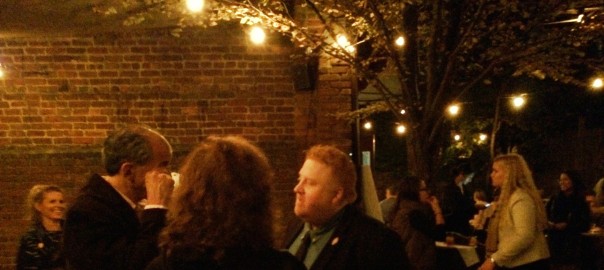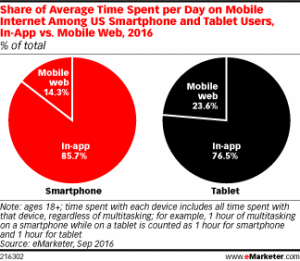THE NEW YORK TIMES GOES ALL-IN WITH FLEX
For the past year, the New York Times digital team has been testing a “Flex frame unit” that works seamlessly across devices and integrates more smoothly with the reading experience—including several tests with Verso clients. The overwhelmingly positive results of those test has led the New York Times to begin phasing out standard display units in favor of the Flex frame unit. This does not signal the death of the standard IAB ad unit—300×250, 728×90, 160×600—yet. But it does signal that sites and platforms need to continue to evolve the best way to show ads to readers in ways that inform and delight. Here is the WSJ on the story.
“HOW ADVERTISING WORKS TODAY”
A recently released study from the Advertising Research Foundation, “How Advertising Works Today,” investigates best practices for advertising across TV, print, radio and digital in 45 countries. Here are the key takeaways cited by Marketing Land:
-
“Spending across multiple platforms delivers greater ROI than investing in single platforms.” For example, a campaign across two platforms generally delivers 19 percent more return on investment than on one platform. For three platforms, it’s 23 percent more; for five, 35 percent.
-
“There is actually a “kicker effect” when television is added back to digital spending.” Digital plus TV, the report found, can increase ROI 60 percent.
-
“This is also true for millennials who consume both traditional and new media.” Even for consumers aged 18 to 24, for instance, the optimal mix was found to be 71 percent traditional media (TV, radio, print) and 29 percent digital (including video, display and paid search). In other words, it’s not just mobile.
-
“’Silo investing’ in some digital formats too heavily can have diminishing returns and even cause sales to decline.” However, this finding was derived primarily from banner desktop ads — not exactly the most engaging format.
-
And the most impact for creative comes from an approach that is unified/connected across platforms, but tailored to each platform. “When campaigns are unified [creatively] across platforms,” ARF SVP Dr. Manuel Garcia-Garcia told the audience at the presentation, “memory activation is enhanced.”
While book publishing budgets do not often allow for including TV in the ad mix, it’s worth noting the bolded bit again based on the 5,000 campaigns included in the study: “The optimal mix was found to be 71 percent traditional media (TV, radio, print) and 29 percent digital.”
“CAPTIVATE VERSUS AGGRAVATE”
The same article in Marketing Land points to a study conducted by mobile ad firm Kargo together with neuroscience research firm MediaScience called, “Captivate vs. Aggravate.” The study looks at performance of common mobile units—the Adhesion Banner, the In-Stream Banner, the Interstitial—as well as a unit proprietary to Kargo called the Sidekick. It found that of the three common units, the Adhesion Banner had “fewer people [looking] at these banners for less time. Interstitials were considered the most “annoying,” drawing attention mostly from people looking for the X to make the ads go away. In-Stream Banners got the most positive results for time spent looking at the ad as well as for feelings about the product.
CAN A NEWS BRAND GAIN TRACTION ON INSTAGRAM?
A report from Digiday suggests that Fox News is taking advantage of Instagram’s recent approval of longer video clips to gain a major audience on the platform. With over 3 million comments, likes and regrams in September—growing faster than Business Insider, Washington Post and BuzzFeed, and out performing such stalward social news powerhouses ads the New York Times, BBC and CNN. Digiday notes a similar success for the brand on Facebook, and we would add that this report is consistent with the high engagement we’ve seen with ads across Fox News platforms. If you provide content that appeals to the conservative audience, a digital campaign on Fox News is one of the best ways to reach them.
CELEBRATING AMARO
We are thrilled to welcome into the world a bouncy bundle of bitter joy, AMARO: The new book that gives you a delicious introduction to the bitter liqueurs known as Amaro by drinks expert, Ten Speed author, and Houghton Mifflin Harcourt Director of Culinary Marketing, Brad T. Parsons. Here’s a link to the New York Times piece on the book. A book authored by a Verso client at one esteemed publishing house and published by another? That’s AMARO. Cheers!
Photo taken under the stars in Brooklyn during a celebration for AMARO's publication (c) 2016 T. Thompson











